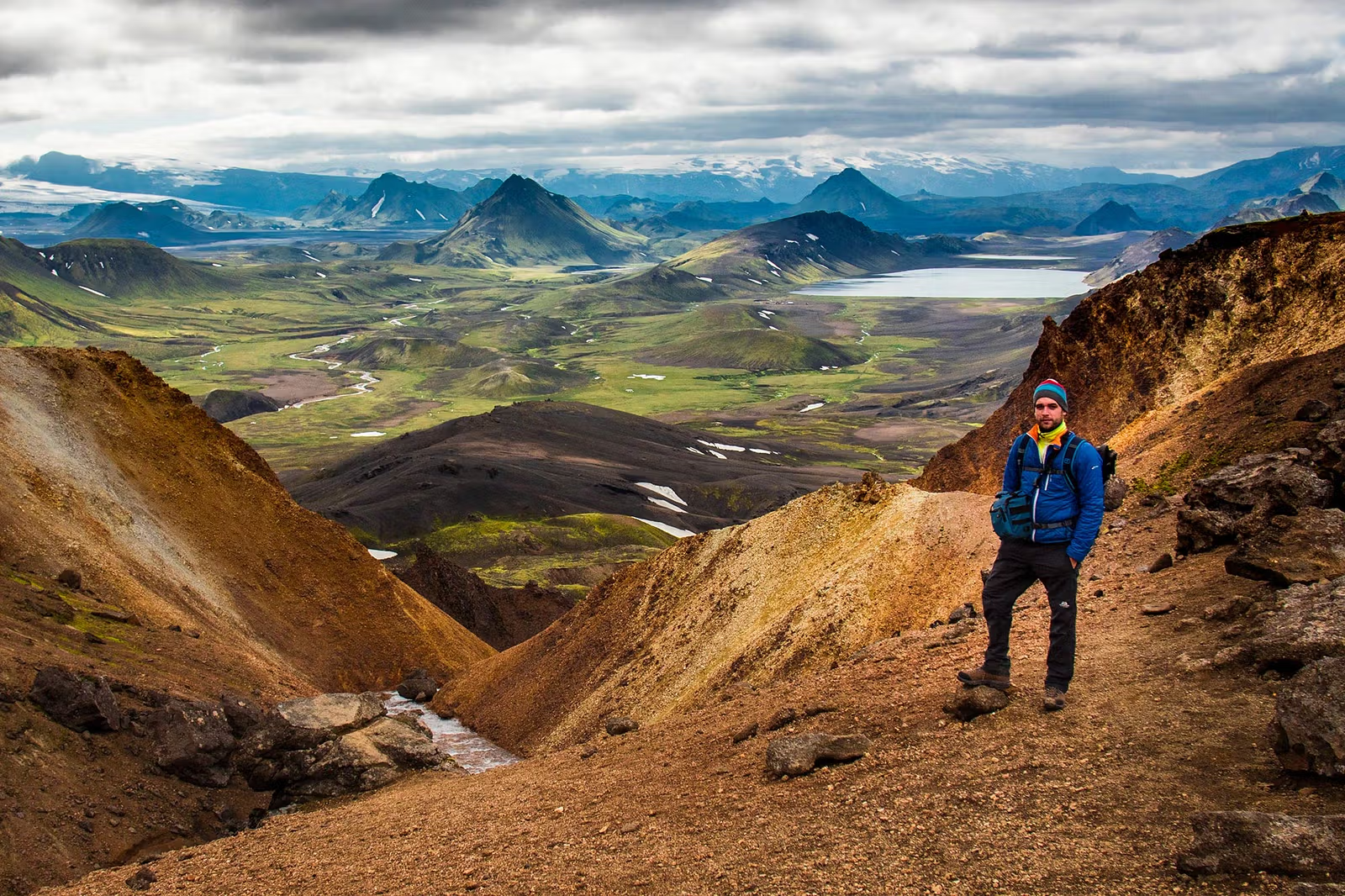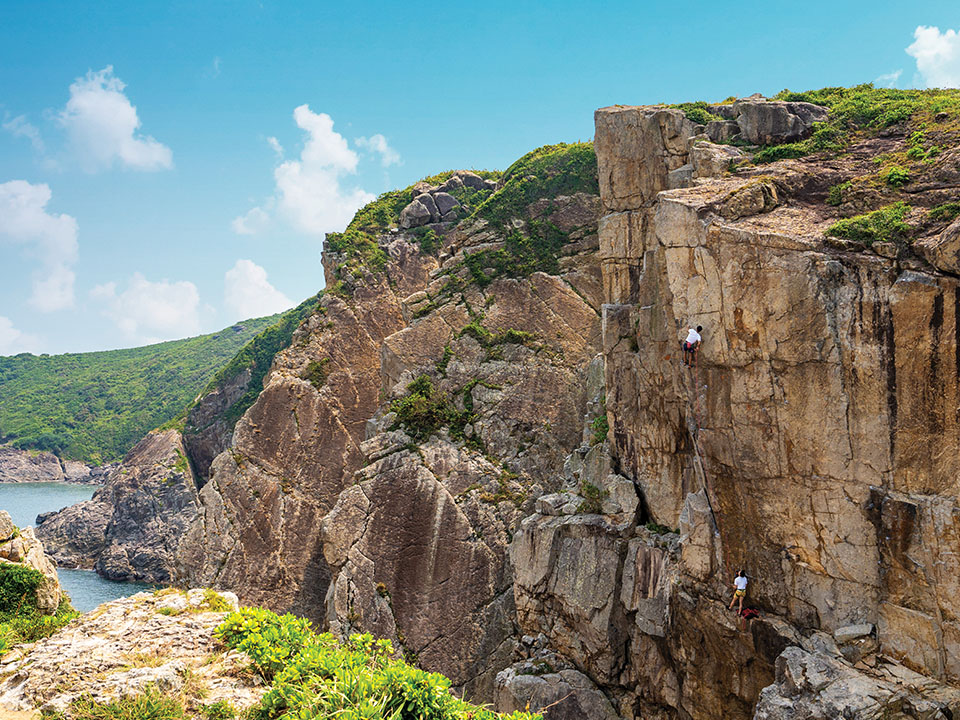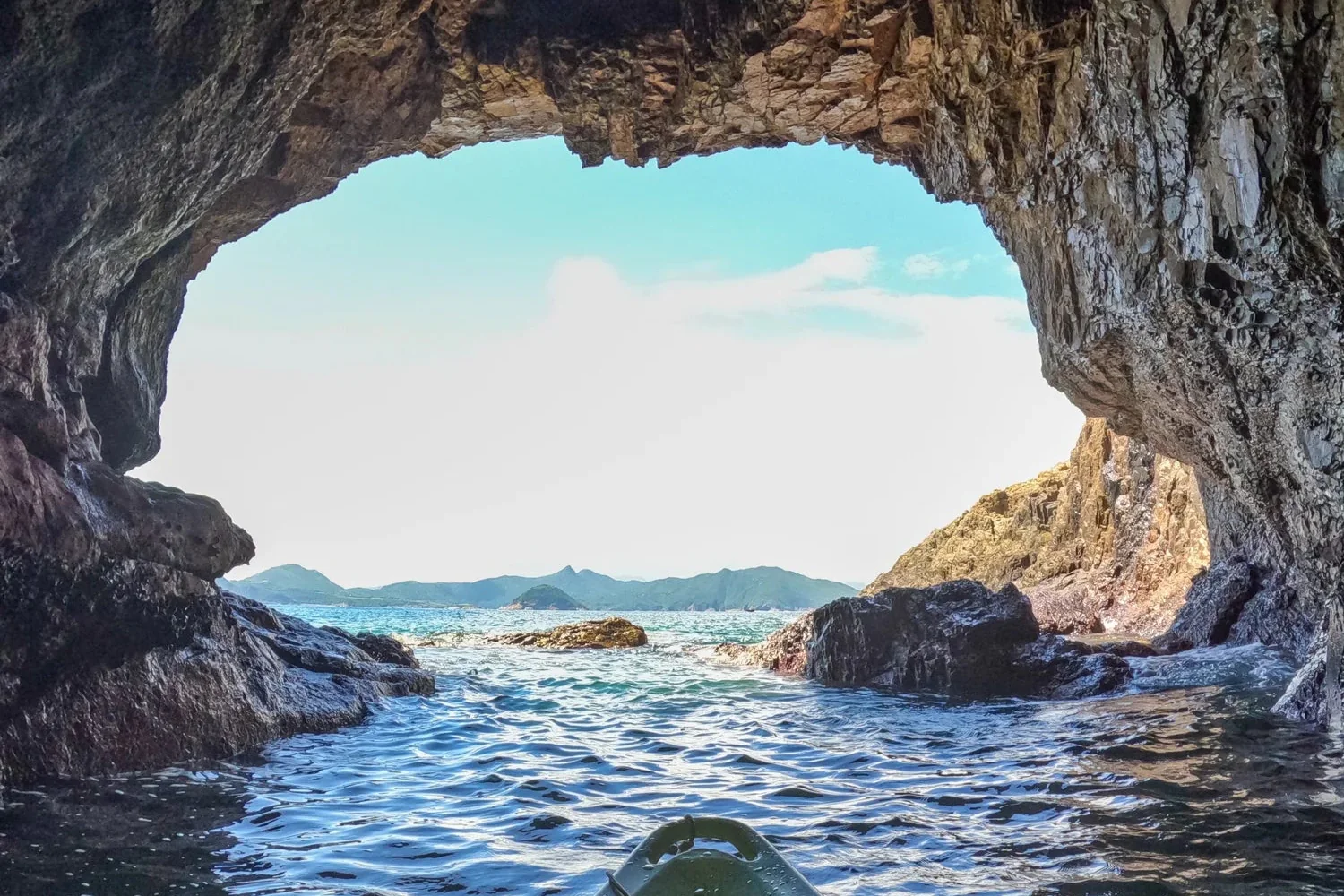Patagonia, straddling the southern edges of Chile and Argentina, has become one of the most coveted destinations for serious adventure travelers. Unlike popular hiking spots, Patagonia offers raw, untamed terrain—glaciers that groan, winds that howl, and landscapes that feel prehistoric. Expert trekkers and outdoor guides often refer to it as the “final frontier” of long-distance trekking. Destinations like the O Circuit in Torres del Paine or the Dientes de Navarino trail are not for the faint-hearted, but they deliver unmatched solitude and scenic grandeur.
What sets Patagonia apart is not just its beauty, but the mental and physical challenge it poses. Outdoor survivalists and seasoned backpackers emphasize the importance of preparing for rapidly changing weather, unpredictable trail conditions, and days without modern amenities. Scientific studies from environmental researchers also note how Patagonia’s diverse ecosystems—spanning from glacial lakes to subpolar forests—provide critical insights into climate change and conservation.
Travelers who complete these remote trails often describe a transformation that goes beyond the physical. The isolation fosters introspection, while the towering granite peaks and vast silence leave an imprint of humility and wonder. For those seeking a deeper, more elemental connection to the world, trekking Patagonia’s wild trails is more than a trip—it’s a rite of passage.





